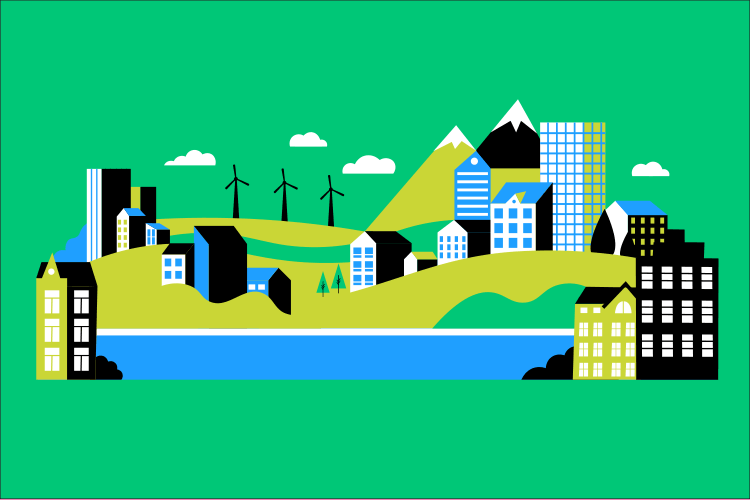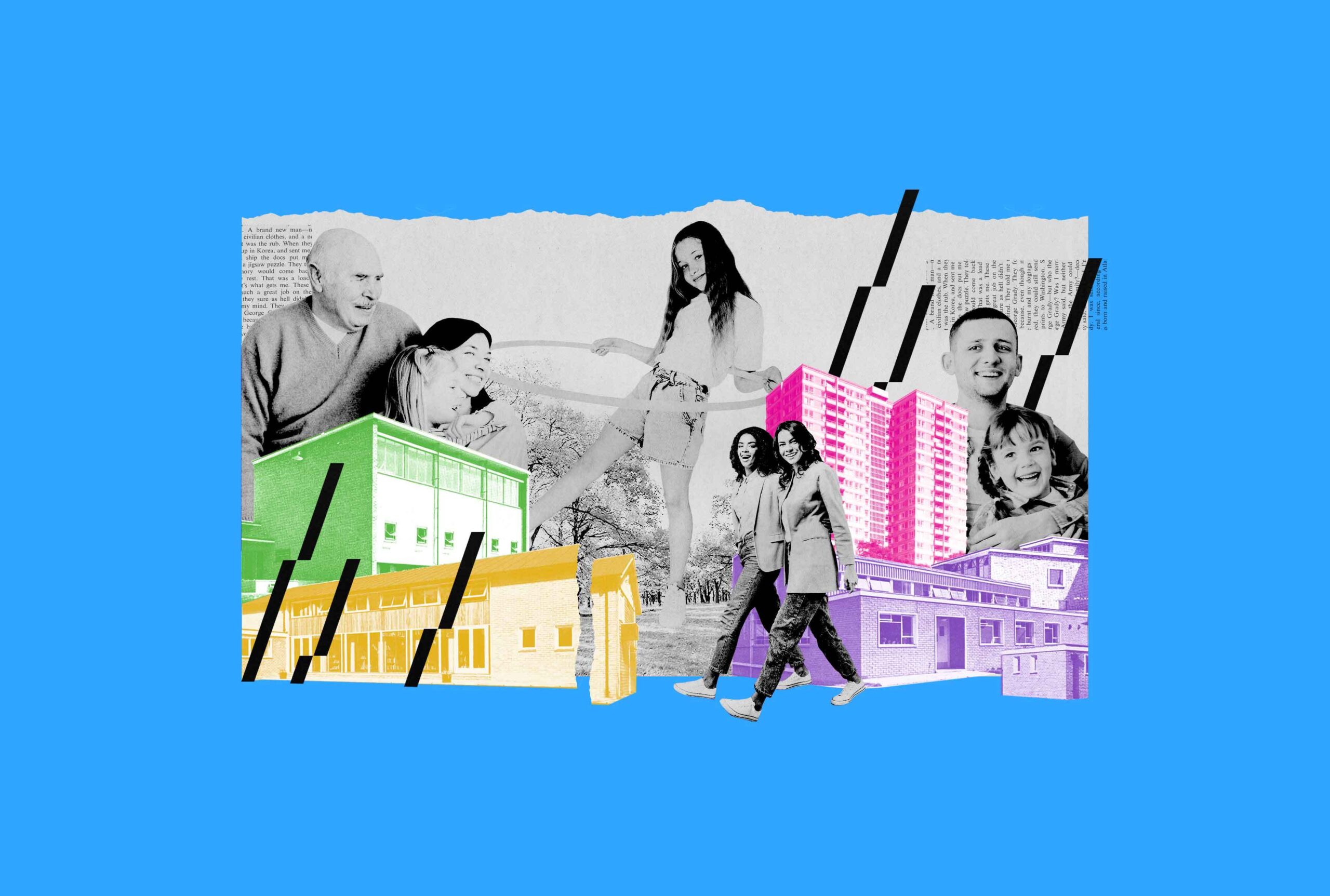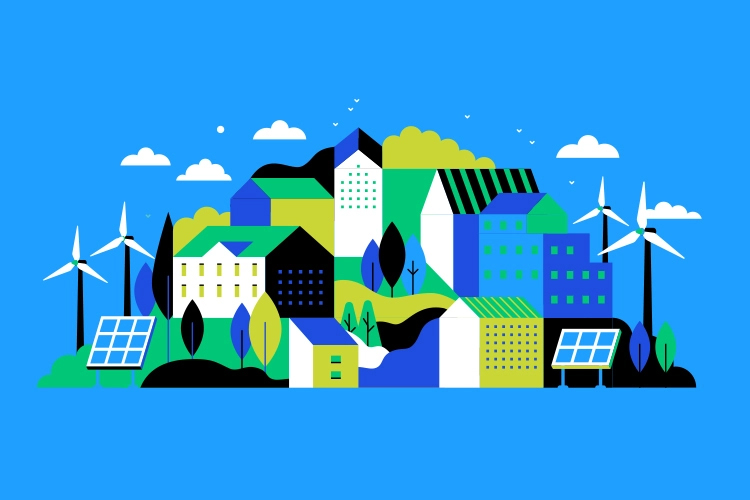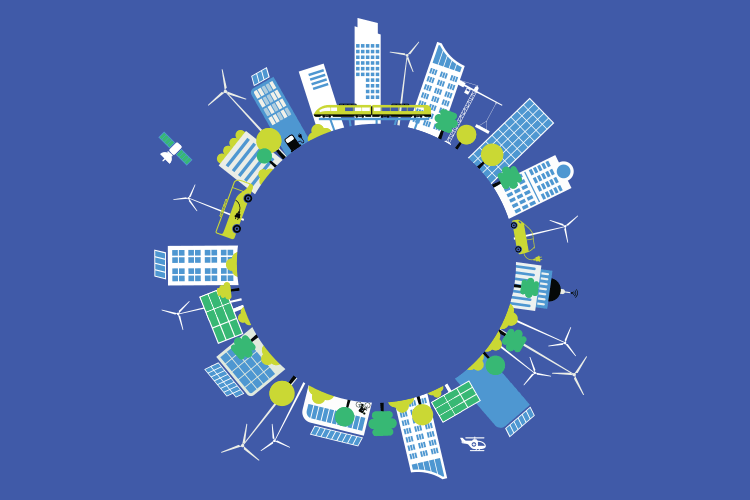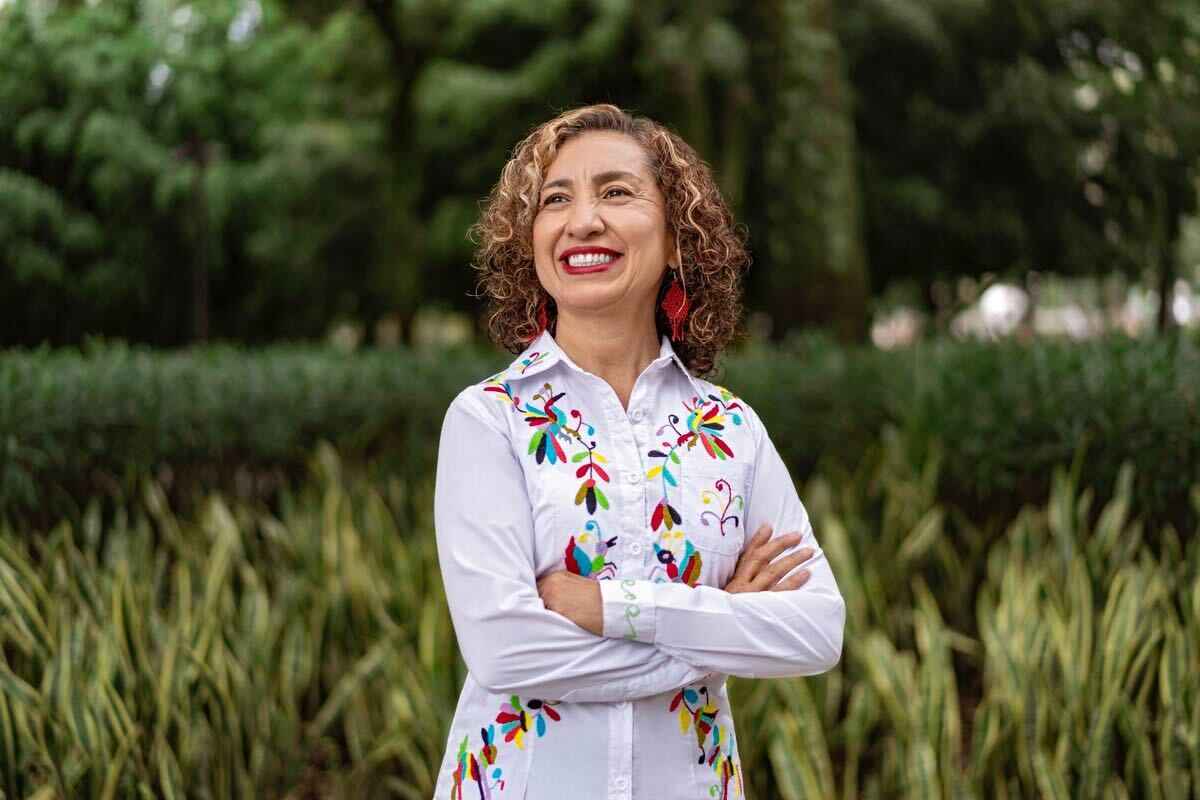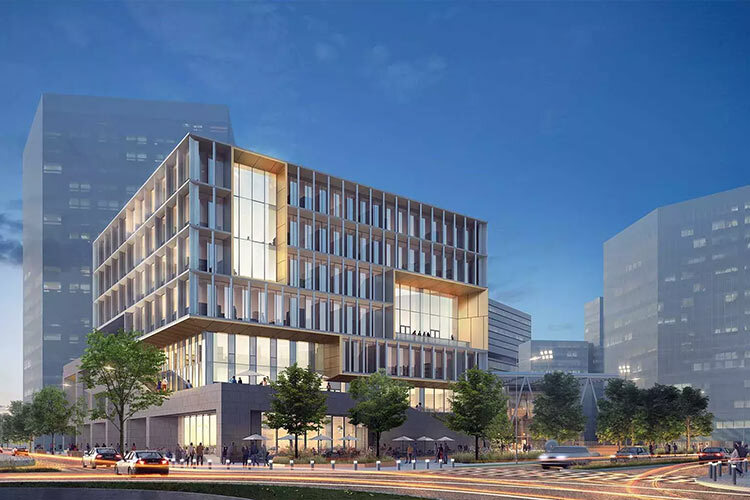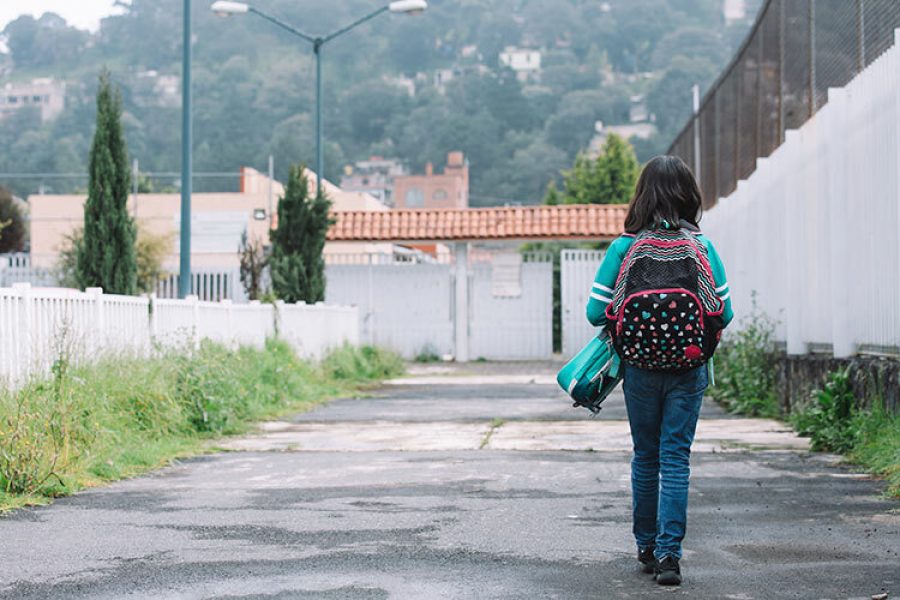Today, more than half of the human population lives in cities and it is predicted that by 2025 this number will increase to 68%. Faced with excessive growth and lack of planning, science and technology propose moving towards more sustainable cities.
Some of the biggest problems associated with the lack of sustainability in large cities are poor air quality, pollution from plastic, fertilizers and heavy metals, as well as water stress. But, there are other factors, that don’t necessarily have to do with not taking care of the environment.
“What has happened in our cities, in addition to overexploitation and air pollution, is that they have grown in a development model with a lot of exclusion and segregation,” says Carina Arvizu Machado, an architect and urban planner who graduated from Tec de Monterrey.
How to create sustainable cities?
According to Rubén Garnica Monroy, research professor at the School of Architecture, Art and Design (EAAD) from Tec de Monterrey, there are three spheres of sustainability: social, environmental and economic.
“It is a space where the common good prevails over individual interest,” explains Garnica Monroy in reference to the fact that sustainability goes beyond green areas.
The economic sphere is based on the fact that cities must contribute to the development and economic growth of individuals, giving them access to decent work, so they can cover their needs and desires. They also need to promote the progress of small, medium and large companies.
In the social sphere, sustainable cities must ensure equality for citizens. Everyone must have access to dignified and affordable housing, parks and other recreational spaces, health centers and hospitals, medicines, food and other products of good quality.
Indeed, it is necessary to enable places to enjoy physical and mental health, and to guarantee a safe live and free from violence or discrimination.
Inclusion: the social sphere
One of the factors that most affect people living in urban or suburban areas today is the lack of social inclusion. Most cities are built with only a young adults without any disabilites in mind.
“In terms of inclusion cities are far, far behind,” reflects Arvizu Machado, who also is director of the cities program in Mexico and Colombia of the World Resources Institute (WRI).
In Mexico, for example, only two out of ten blocks have access from the street to the sidewalk for wheelchair users, according to statistics from the National Institute of Statistics and Geography (INEGI). “Older people or people in wheelchairs end up using the vehicular lane, putting themselves at enormous risk in order to move,” says Arvizu Machado.
According to Nélida Escobedo Ruiz, architect, researcher and professor at the EAAD, almost no city in the world considers babies, children or adolescents in its planning, nor those who care for them. “Currently cities have an adult-centric vision and we forget that we were once infants,” she says in an interview with TecScience.
This negatively impacts the development of individuals, since these initial stages of a human’s life are crucial for our cognitive, physical and emotional development.
In fact, Escobedo Ruiz highlights that in order to have sustainable cities, it is needed to establish programs that consider children and babies and provide them with an optimal environment for their growth.
Transition to sustainability
According to experts, in order to make the transition towards more sustainable cities, it is necessary to consider the specific conditions of each region. There is no single formula to create one.
“There are some basic concepts that bring us closer to that idea of a sustainable city, however, they obey specific conditions and contexts of where the city is located,” says architect Escobedo Ruiz.
Also, it is difficult to find cities that are sustainable in all three spheres, some are more sustainable in one.
Barcelona, for example, has developed urban planning projects to ensure accessible streets for children and their caregivers, and also suitable for playing, covering some aspects of the social sphere.
In Amsterdam, citizens have chosen to transport themselves mainly using a bicycle, instead of a car, which has significantly reduces greenhouse gas emissions, covering a part of the environmental sphere.
In Nuevo León, the municipality of San Pedro Garza was the first Latin American city to obtain the LEED certification for gold level cities, which means it was rank in terms of sustainability vs life quality.
For Rob Roggema, landscape architect, research professor at the EEAD and member of the Faculty of Excellence at Tec de Monterrey, rather than only striving for sustainability, we need to pursue a regenerative culture. This means that beyond thinking about humans and our needs, we need to understand what the natural system of the place where a city is located is like and let that dictate its planning.
The future of cities
For Rob Roggema, a Dutch landscape architect, professor at the EEAD and member of the Faculty of Excellence at Tec de Monterrey, rather than seeking sustainability, it is necessary to pursue a regenerative culture.
This refers to thinking about people and their needs. Understanding that the natural system of where a city is located is key for planning an urban environment.
“If we build first and then just add a bit of green, we will have the same style of city that we have created over the last few decades,” Roggema tells TecScience.
Sustaining the lives of all those who inhabit a city and its surroundings —including plants and animals—, thinking about people no matter age or condition, requires authorities and governments to place the common good over personal interest.
The architect Arvizu Machado sums it up in one sentence: “In the future we must consider the voices of all people when planning cities.”
